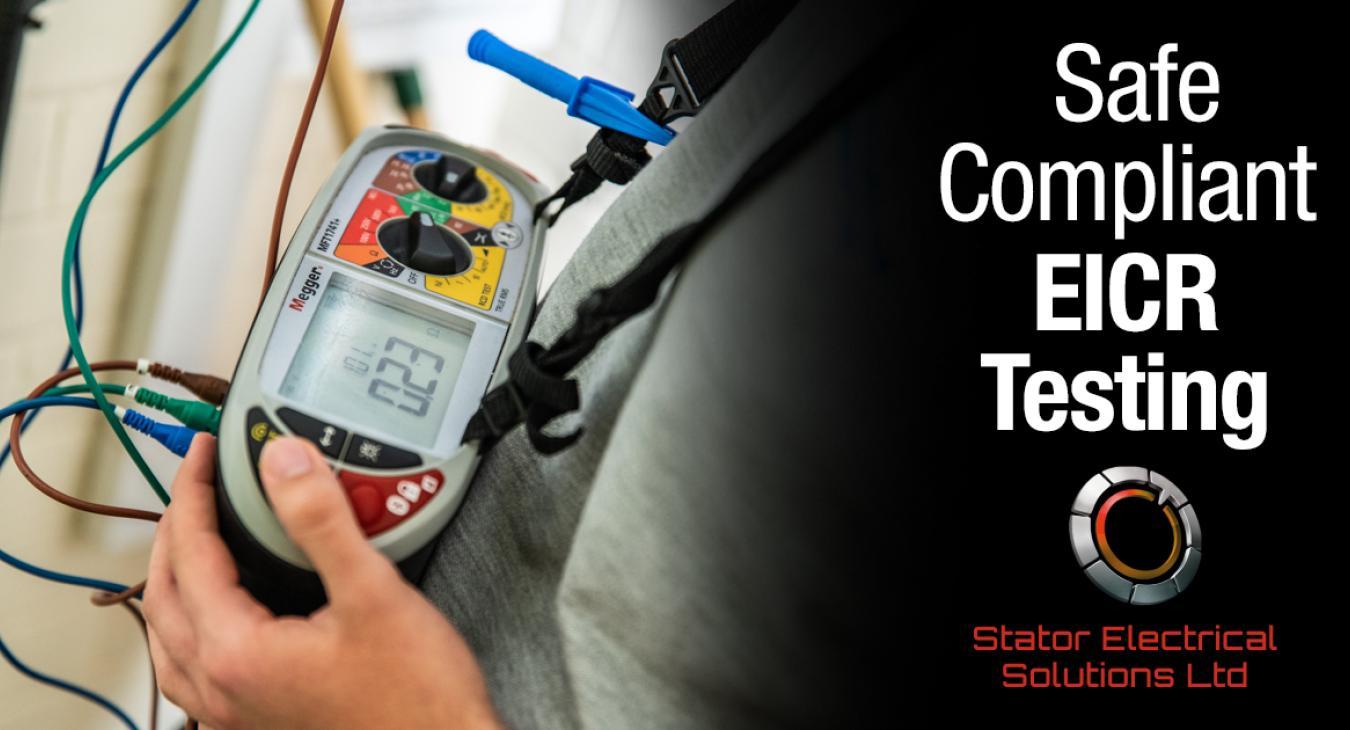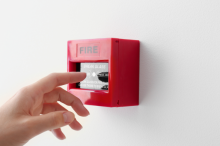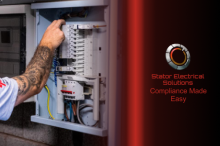
Electrical Testing and Inspection is a process that aims to identify any electrical faults within a wiring system. We compare the existing wiring to the latest BS7671 safety standards and identify any non-compliances, dangerous situations or issues that require attention.
Back to top1) What is carried out on a Periodic Inspection?
Along with checking the condition of the distribution board , connections inside are often checked along with a visual inspection of the electrical system in general.
There are also several electrical tests that are carried out using specialist testing equipment to ensure that all electrical points are correctly earthed, cable insulation quality is good, electrical resistances on circuits are sufficiently low and that the external earthing is of good quality.
In some premises, the access to the equipment and electrical system may be limited along with the ability to carry out every possible test. In these instances, we will discuss with you what can be turned off on the day of the testing, what can be omitted from testing and plan for the future testing and inspection.
It is sometimes preferable after a full inspection of a commercial electrical system to carry out partial inspections annually so that disruption is kept to a minimum for the business.
Back to top2) What is an EICR?
Following a Periodic Electrical Inspection a report is produced by the inspector. The Electrical Installation Condition Report (EICR) is a document of some length, usually 5-10 pages depending upon the size of the installation. The report will detail the findings of the inspection process and will note any observations.
There are two outcomes to an EICR, Satisfactory and Unsatisfactory.
The observations will be allocated a severity code to specify the seriousness of each.
The codes that can be allocated are as follows:
- C1 – The most serious. Typically includes situations where live parts are exposed and can be easily touched and present a serious danger. Immediate remedial action is required for these situations.
- C2 – Potentially dangerous situations are allocated a C2 code. This could be where there are signs of thermal damage, melting, damaged electrical accessories that could easily lead to live parts becoming exposed. The inspector will allocate a C2 code to any situation they deem serious enough and in line with industry guidance.
- C3 – Improvement Recommended. The system may not comply with current regulations, electrical accessories may be worn but not dangerously so, readings on a circuit may be slightly higher than expected but not present a danger or warrant a more serious code.
- FI – Further Investigation Necessary. This code should be applied where the inspector believes that further investigation may result in the discovery of a C2 or C1 code.
3) What makes an EICR Unsatisfactory?
Where a report contains C1, C2 or FI codes the installation is deemed Unsatisfactory. Where only C3 codes exist then the installation should be recorded as satisfactory on the EICR.
Simply because a report contains ONLY C3 codes does not necessarily mean that no action should be taken. Consideration should be given to any improvements that have been recommended as without action the installation could deteriorate.
If you would like more information on the electrical testing and inspecting process then do not hesitate to get in touch. We carry out Electrical Testing regularly and can inspect a premises of any size.
Back to top














